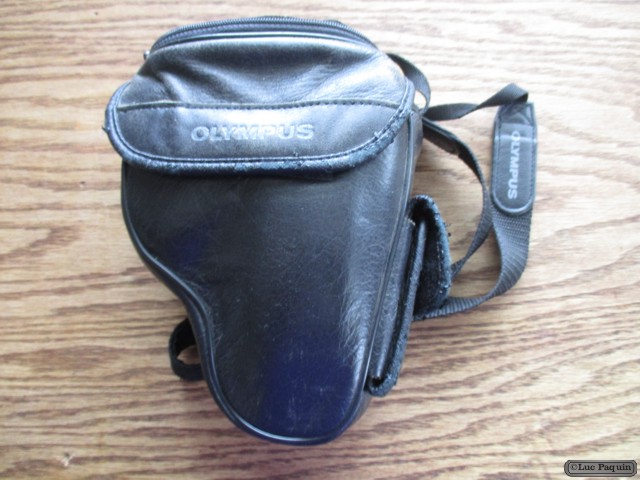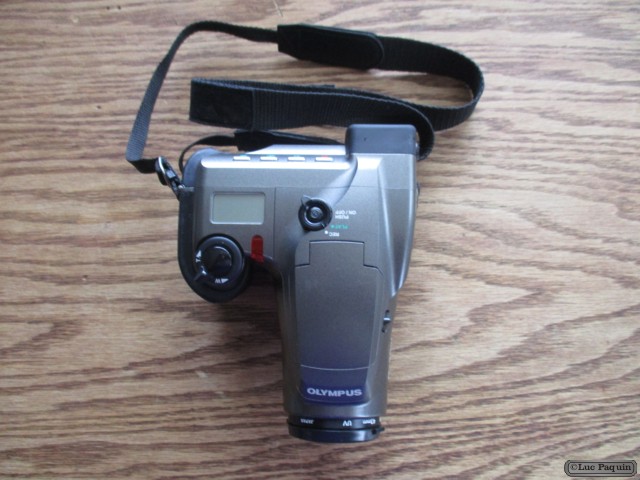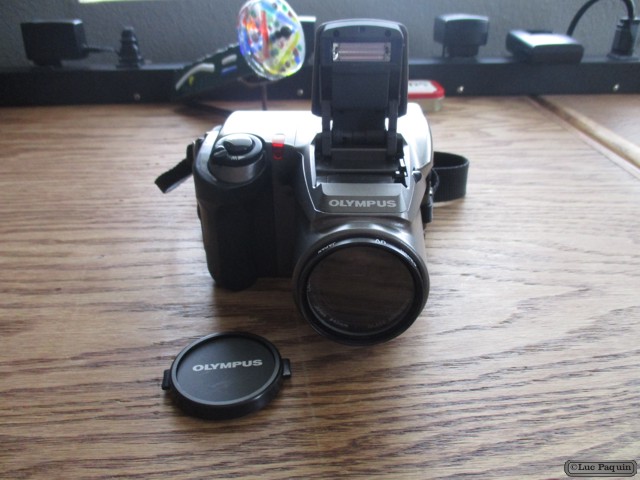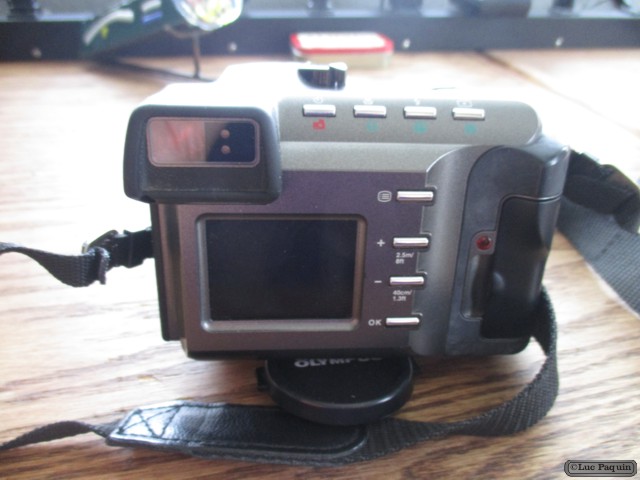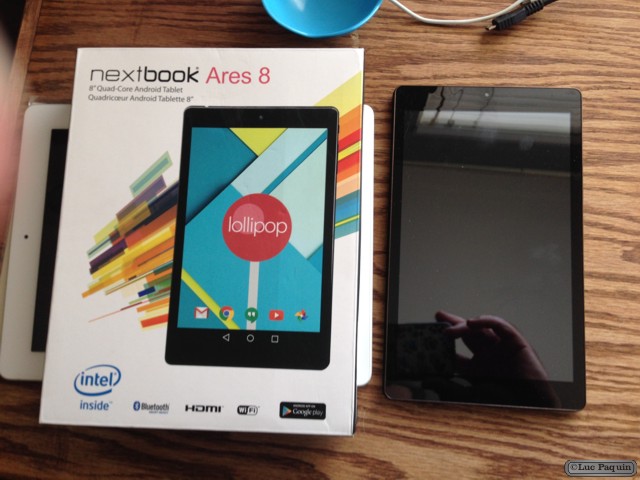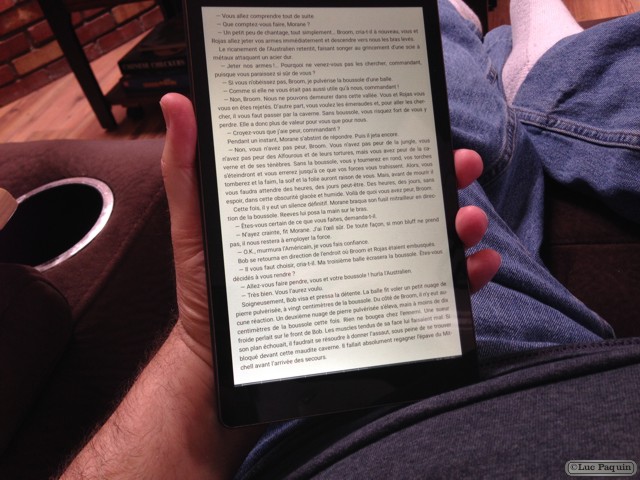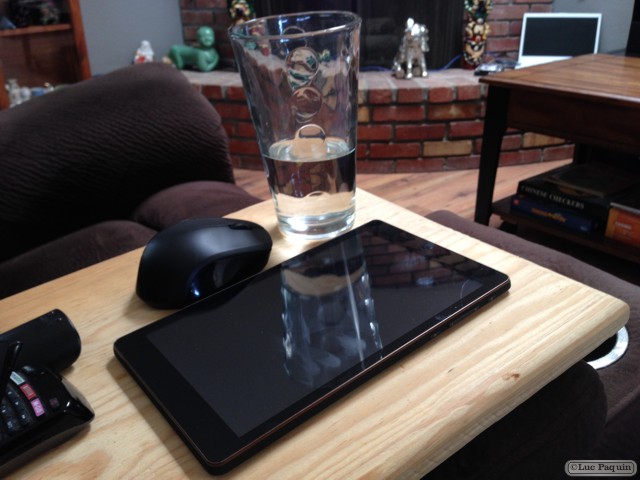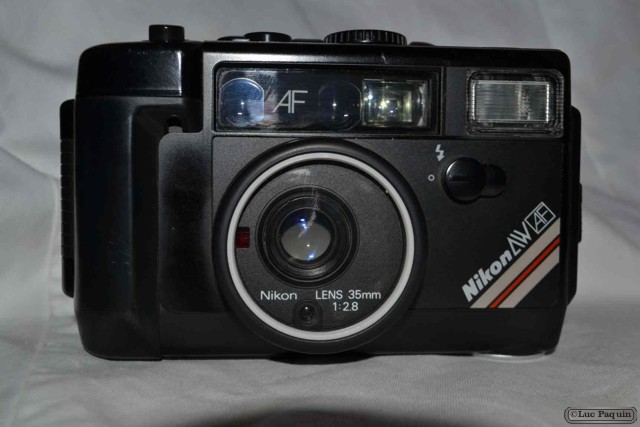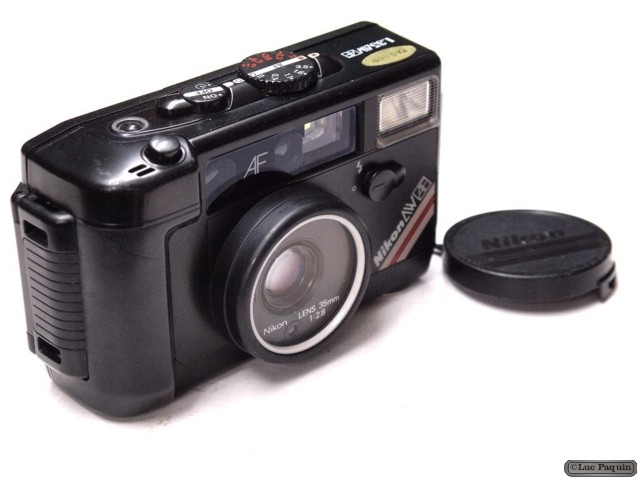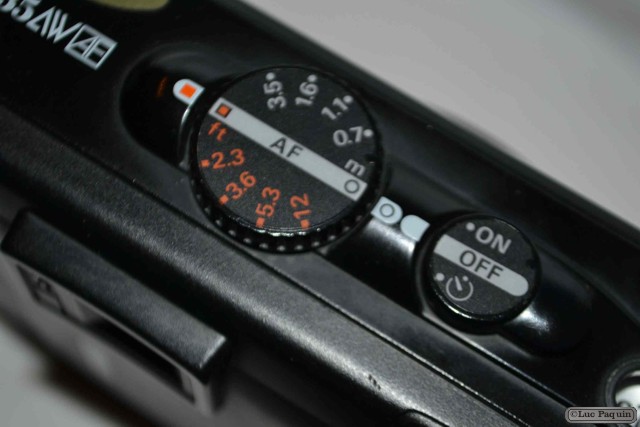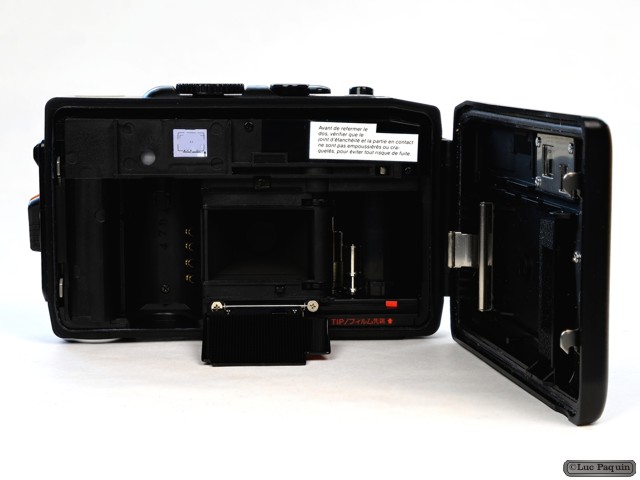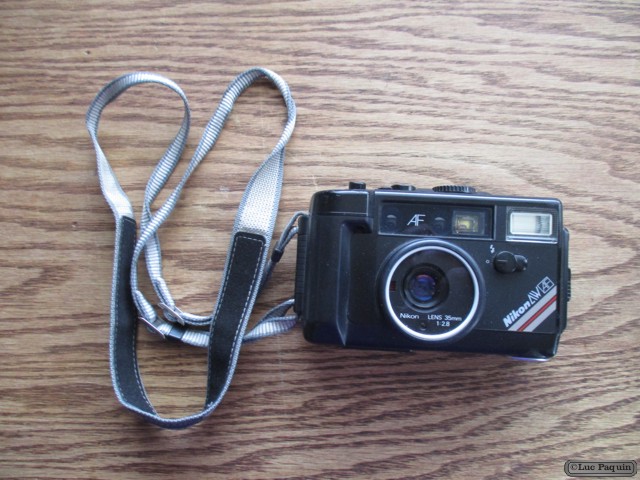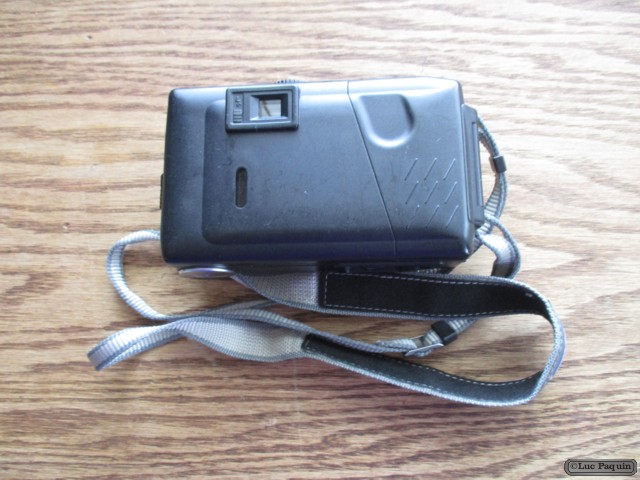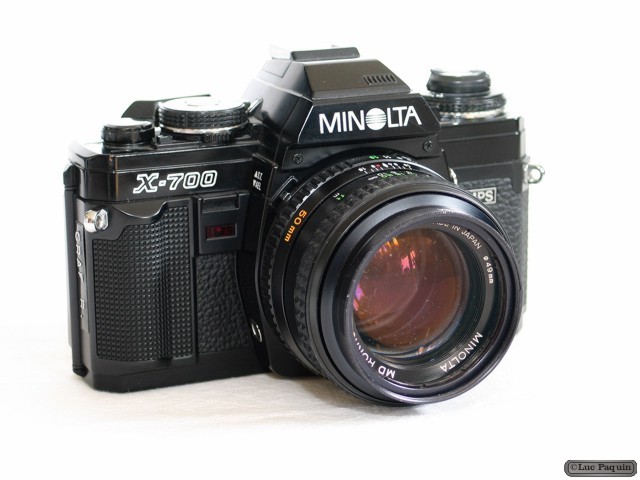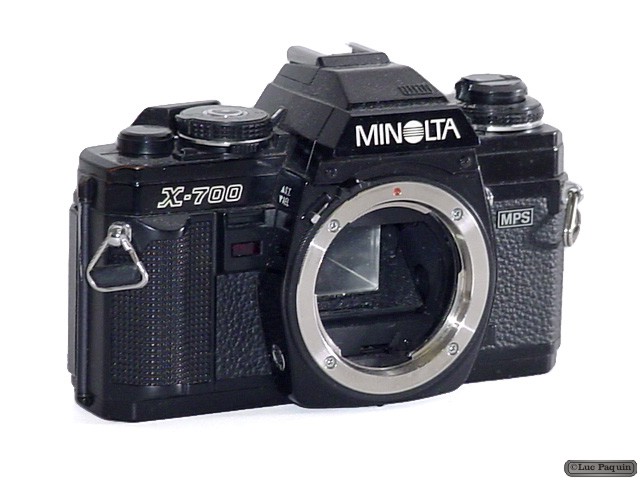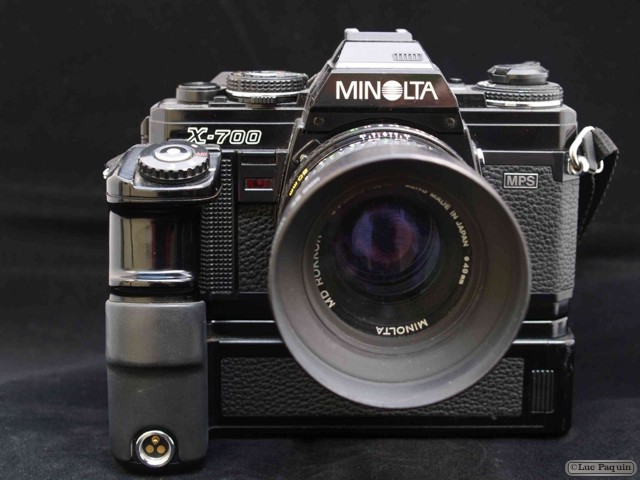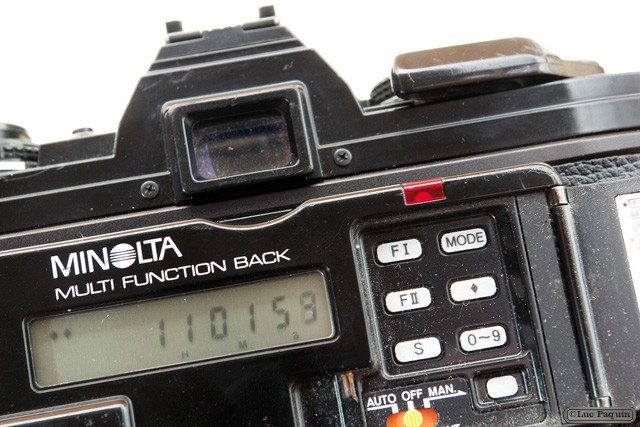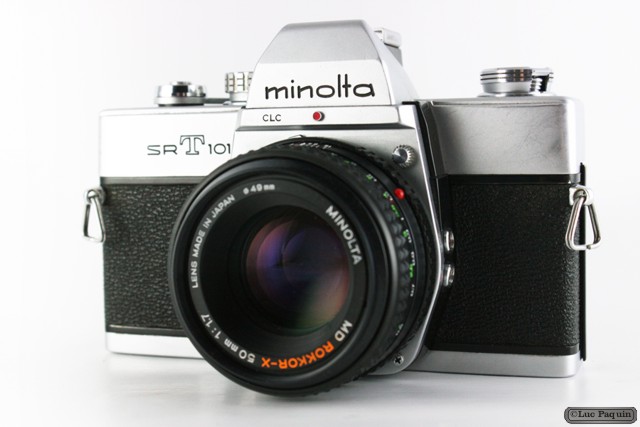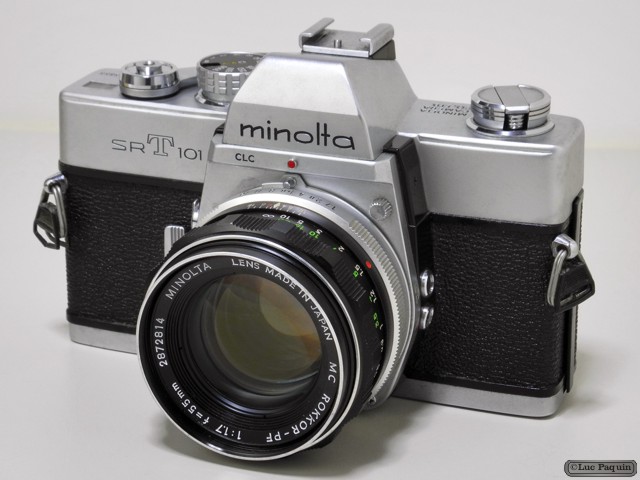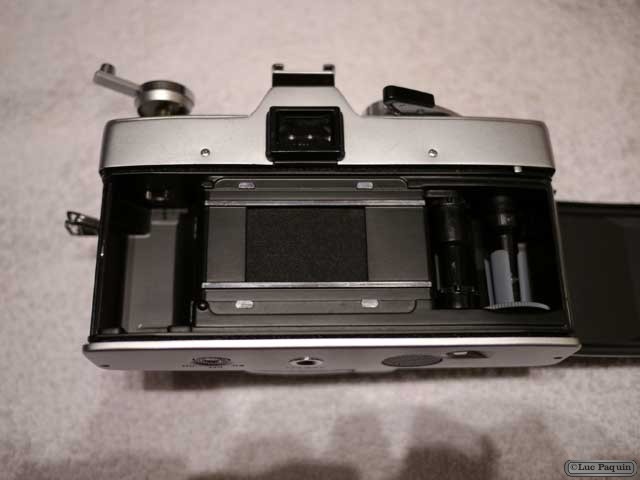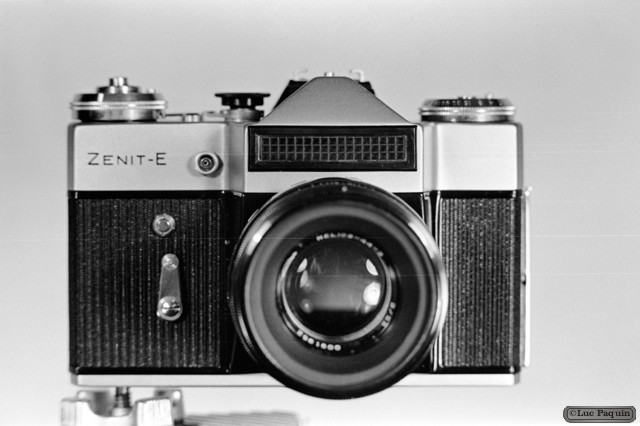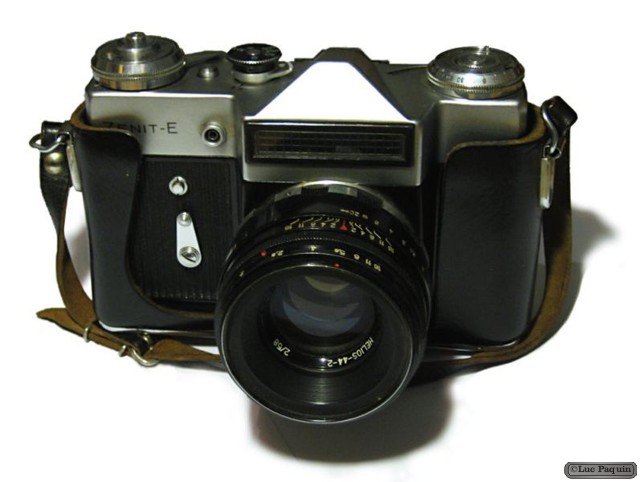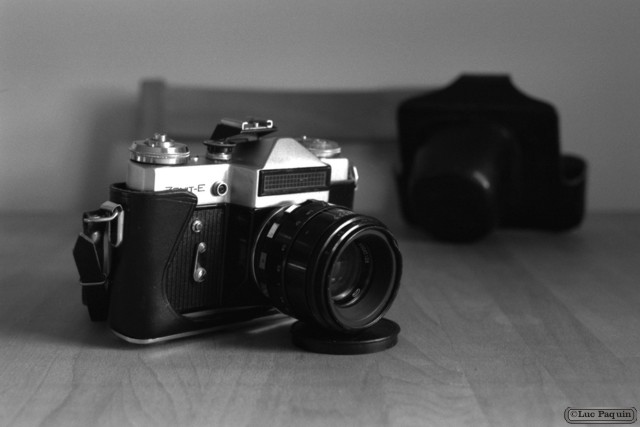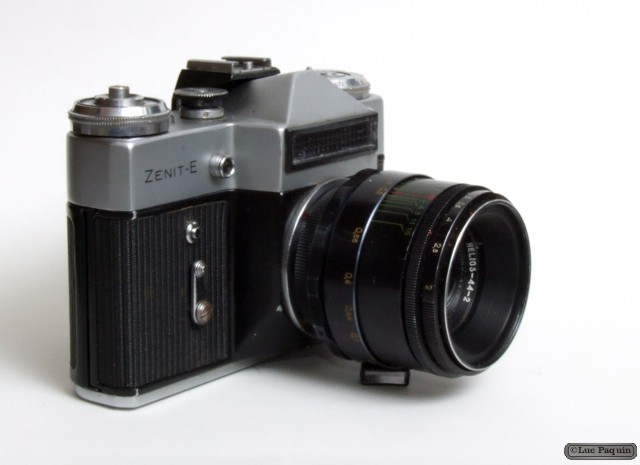Camera
Camera
Luc Paquin: Luc Paquin – Quotes
Artist: Luc Paquin
Year: 2017 (August)
Art: Wood Alder and Tung Oil
Wood: L 12″ x W 7 3/8″ x H 1/4″
CNC: Shapeoko 3
Camera: Nikon D7200
Camcorders: Canon VIXIA HF R700
Video: Pinnacle Studio 20
Media: Color
Price: Sold Out
Lifelong interest in learning. He has always said:
“If you go to bed at night without learning something new that day, your day is not complete.”
Luc Paquin
Luc
Features
Control images like you would with a great film camera:
- Control flash exposures automatically with the intelligent four-mode flash
- Choose between automatic focus, or preset manual quick-focus settings
- Control color is automatic with through-the-lens white balance from 3000K to 6500K.
- Adjust exposure with +/- 3-step control
- Choose between center-weighted metering and precise spot metering to compensate for difficult lighting conditions
- Threaded lens barrel for optional telephoto, wide angle, macro lenses and many filters
Discover digital power and convenience:
- Preview images immediately with built-in LCD
- Two pre-set focus settings for eight feet and macro make quick adjustments easy
- Three recording compression levels let you define image quality
- Reusable SmartMedia Cards available in 2, 4, 8 MB and upgradable to 16 or 32 MB
- Download shots directly to a computer using the included serial cable or optional FlashPath floppy disk adapter
With the quality construction you expect from Olympus:
- Versatile 3x 9.2 to 28mm f2.8-3.9 optical zoom lens (36-110mm equivalent)
- Aspherical, all-glass lens system provides the highest quality images
- Optical SLR viewfinder provides the most accurate way to compose and focus the photograph
- Optical viewfinder incorporates dioptric correction for added viewfinder sharpness
Olympus has been one of the more successful traditional, film-based camera manufacturers making the transition to digital. Their first efforts enjoyed much critical acclaim and commercial success, and the updated versions of those models continue to be popular. With the introduction of the D-600L though, Olympus has substantially raised the bar for the entire category of digital point and shoot cameras. Both offer high image resolution, excellent optics, convenient usage, and single-lens reflex (SLR) viewing, at prices near a thousand dollars. ($1299 for the D-600L)
Aside from excellent resolution and image quality at a reasonable price, the biggest innovation of the D-600 cameras is the fact that both are true single-lens reflex (SLR) devices, offering through-the-lens (TTL) viewing. This means that when you look through the optical viewfinder, you are actually looking through the main lens of the camera, and can see exactly what the sensor will see when the shot is taken. By guaranteeing that “what you see is what you get,” TTL viewing contributes greatly to the ease-of-use of the cameras, especially for macro work or other applications involving filters or other optics added in front of the lens.
The D-600L are both “high resolution” point and shoot digital cameras, the 600 producing 1280×1024 images. To accommodate situations in which you might not need all that resolution, both cameras provide “low-res” capture modes, with image sizes of 640×512 respectively.
The cameras also offer a very unique styling, borrowing heavily from Olympus’ pioneering “ZLR” (Zoom Lens Reflex) design popularized by their IS-series film cameras. This has been a popular, if unconventional, design in the film world, and it’s easy to see why: The elongated body and molded grip for the right hand give you lots to hold on to, a definite help in stabilizing the cameras for long exposures.
We expect the D-600L to be very popular cameras, thanks to their excellent image quality, high resolution, and wealth of features. Some reviewers have consigned the D-600L to “professional” usage because its resolution goes well beyond that required for high-quality prints at the popular 4×6 inch size. On the face of it, this may seem like a valid argument, but we beg to differ: One of the biggest limitations to date of non-professional digital cameras has been the lack of any ability to crop-down the pictures, to isolate interesting subject areas and improve composition. With the D-600L, you finally have enough pixels to do this with, yet still retain reasonable image quality. This is truly a first for an inexpensive digital camera, and is a feature that should be of interest to anyone, not just “professionals.”
Luc
Year: 2015 (July 6, 2015)
11″ x 8.5″
Media: Canon® Pro Platinum High Gloss Photo Paper
Printers: Canon® PIXMA
Color
Art: Photo
Artist: Luc Paquin
Rocking Horse Ln, Oceanside, CA, USA
NextBook Ares 8
On-the-Go
Lightweight at less than two pounds and at the perfect size, the Ares 8 can be taken with you anywhere at any time. The built-in WiFi and Bluetooth capability allows you to access the Internet easily and from just about anywhere. Use the micro-SD card slot to ensure that you never run out of memory, and know that your photos, videos and more will always be accessible.
Luc
Year: 2015 (July 6, 2015)
11″ x 8.5″
Media: Canon® Pro Platinum High Gloss Photo Paper
Printers: Canon® PIXMA
Color
Art: Photo
Artist: Luc Paquin
Rocking Horse Ln, Oceanside, CA, USA
NextBook Ares 8
Touch-Screen Technology & Front/Rear Camera
The Ares 8 is equipped with a touch-enabled screen for accurate and smooth operation, whether you’re drawing or annotating with your finger or a stylus. With a resolution of 1280 x 800 pixels and IPS technology, you can be sure of crisp, sharp images. It also comes with built-in front- and rear-facing cameras to capture those special moments wherever you are!
Luc
Year: 2015 (July 6, 2015)
11″ x 8.5″
Media: Canon® Pro Platinum High Gloss Photo Paper
Printers: Canon® PIXMA
Color
Art: Photo
Artist: Luc Paquin
Rocking Horse Ln, Oceanside, CA, USA
NextBook Ares 8
Description
Introducing our new and improved 8-inch tablet – the Ares 8 available in Black, Red or Blue. It is now even bigger, smarter, and more affordable than ever before. Your new Ares 8 tablet comes equipped with the Android 5.0 Lolipop OS, allowing better multitasking and smoother processing. You can easily switch between editing documents, browsing the web, watching movies, and listening to music with just a swipe of your finger. Its sleek compact design and 8-inch IPS color display is big enough to work and watch on, but small enough for it to fit comfortably in your hand everywhere you go. The Ares 8 also comes preloaded with one of the largest App stores on the market, the Google Play Store. There are thousands of apps available in the Google Play store for you to enjoy, from video games to your favorite social networks. With one touch, you can download your favorite book and enjoy it anywhere from the Barnes and Noble NOOK app or watch your favorite movie from VUDU. With front and rear facing cameras, you can capture and share those unforgettable moments.
Luc
The Nikon L35AWAF (also known as Action-Touch) was a compact camera for 35mm film, introduced as part of the L series, by Nikon in 1986. It was a heavy duty model in various colours that could be submerged in 3m of water. A version with an autodate function was called the L35AWAD.
A masterly stroke by some genius at Nikon Japan has enabled Nikon’s first underwater P&S compact camera to be realized in 1986. This all-weather (AW) Nikon L35AW AF compact has a sleek, colourful & stylish look. Basically, it was a combination in using the popular L35 AF compact with Nikon’s experience in developing underwater cameras to enable this P&S compact to take pictures up to approx. 3m underwater. The focusing on land is autofocus but it has to be operate manually underwater. The lens was the same, Nikon 35mm f/2.8.
- 1. The L35 AW AF is not NOISY. This is because of all the heavy rubber gaskets. The film advance screech is mellowed to a gentle whir.
- 2. Underwater cameras can’t use the auto focus. With this model one can pre-set the focus with the dial on the top.
- 3. The flash doesn’t pop-up unless you want it to. This allows a user to take advantage of the lovely f2.8 aperture and the slowest shutter time of 2 seconds (despite what the manual specs say – which say 1/8 sec).
- 4. And, you can do the opposite, if you like force flashing. Just flip the switch and it’s on no matter how bright it is outside. I used to have to trigger the flash by sticking it inside a bag and take a light reading.
Luc
The Minolta X-700 is a 35 mm single-lens reflex film camera introduced by Minolta in 1981. It was the top model of their final manual-focus SLR series before the introduction of the auto-focus Minolta Maxxum 7000. It used the basic body of the XG-M with electronically controlled stepless speeds, but added full program autoexposure in addition to the XG-M’s aperture priority and metered manual modes. It also introduced through-the-lens (TTL) flash metering, and added exposure lock and interchangeable focusing screens to the XG-M’s features. Based on the X-700 chassis, Minolta later launched the cheaper models X-300 and X-500. The X-500 lacked the X-700’s program exposure mode, but featured a fill-in flash mode. The X-300 was the basic model of the late X-series. It lacked TTL flash metering and program exposure mode, it did not show the f-stop-setting of the lens in the viewfinder and it did not have a depth-of-field control button. Basic parts of all three cameras, i.e. shutter, viewfinder, mirror system, and light metering system were identical.
Motivated by the huge success of the low-priced Canon AE-1 and other, consumer-level cameras, Minolta followed suit in the new camera’s design by offering more external camera features. This had the effect of lowering the budget for the camera’s internal mechanism. In a step backwards, the new X-700 was not equipped with the fast vertical metal shutter of previous XE and XD cameras, and was instead fitted with a less expensive horizontal traverse silk shutter, enabling maximum sync speed of 1/60 second, and operated by an electromagnetic shutter release. No mechanical shutter speed was provided, even in bulb mode. The resultant battery drain and inability to meter at light levels below EV-1 makes the camera a poor choice for long exposures or astrophotography. Minolta further lowered the price of the camera by fabricating certain parts in the film advance and rewind mechanism of less expensive materials, and by the use of less expensive electronic components. Even the rewind lever of the camera is made of plastic.
The X-700 was awarded the European “Camera of the Year” award in 1981, and its competitive pricing resulted in its becoming the most successful Minolta camera since the SRT line. As Minolta began to introduce its auto-focus cameras and lenses, further research and development of manual-focus 35mm SLR cameras was shelved. Some internal components of the X-700 were changed over its production run, apparently in an effort to further reduce costs. Minolta was also one of the first major 35mm SLR manufacturer to outsource assembly of its cameras to countries outside Japan. The camera was discontinued in 1999.
Luc
Description
The Minolta SR-T 101 is a 35mm manual focus SLR camera with Through-The-Lens exposure metering – TTL for short, that was launched in 1966 by Minolta Camera Co. Staying in production for ten years with only minor changes, proves the thorough effort being put into the development of the camera before the introduction. The design is based on the innovative Minolta SR-7 model V camera of 1962, but the principal design is inherited from the original 1958 Minolta SR-2. The SRT 101 however, has several significant features apart from the TTL meter. The most significant one is perhaps the full aperture metering facility, automatically compensating for the at any time fitted lens’ maximum aperture, a feature it took twelve more years for Nikon to accomplish. Full aperture TTL metering was commercially first realised in the brilliant Tokyo Kogaku Topcon RE Super, a feature first realised in a screw mount camera by the introduction of the Olympus Kogaku Olympus FTL, their first full frame 35mm SLR in 1971, but which was abandoned one year later in favour of the remarkable OM system.
Due to a large pentaprism and double-hinged reflex mirror, the SRT 101 has an extremely bright finder with a central micro prism focusing aid that in most cases proves to be very convenient, requiring no apparent lines in the motive, since all out of focus objects appear to shimmer. All relevant exposure information is visible in the finder, including a battery check index mark showing the required meter needle deflection for a healthy battery when the ON/OFF meter switch on the camera base is set to BC.
The SRT 101 was also made available in black. The top cover and the base plate are finished in black enamel while most metal parts are black chromed, but the wind lever is black anodised. The parts still chromed, to name the most obvious ones, include the shutter-release button, the mirror lock-up knob, the depth-of-field preview button and the lens-release button.
Features
- Through-the-lens (TTL), full-aperture metering
- Predecessor to the modern matrix metering system, called Contrast Light Compensation (CLC)
- Mirror lock-up (on earlier models)
- Depth-of-field preview
- Shutter speed visible in viewfinder
- Self timer
- Mechanical, horizontal travel, focal-plane shutter
- Minolta MC (Meter Coupled) Lens Mount
Luc
Zenit-E
Zenit is a Russian camera brand manufactured by KMZ in the town of Krasnogorsk near Moscow since 1952 and by BelOMO in Belarus since the 1970s. The Zenit trademark is associated with 35 mm SLR cameras. Among related brands are Zorki for 35 mm rangefinder cameras, Moskva (Moscow) and Iskra for medium-format folding cameras and Horizon for panoramic cameras. In the 1960s and 1970s, they were exported by Mashpriborintorg to 74 countries.
The name is sometimes spelled Zenith in English, such as the manuals published by the UK Zenit-importer TOE. However, TOE’s imported camera bodies as from 1963 retained the “Zenit” badges. The early Zorki-based models before that time were labelled “Zenith” in a handwritten style of script.
Zenit-E and its Successors
During 1967 through 1969 KMZ built an automatic die-cast moulding line, allowing mass camera production. Camera production switched to the M42×1 thread (also known as Praktica thread) and an instant-return mirror was also developed. This led to one of the most famous Zenits – Zenit-E which saw (including its subtypes) over 12 million produced. A heavy and tough camera with a mechanism that was of exceedingly simple design along the lines of “what isn’t there, can’t go wrong”. Automatic diaphragm functionality was not available until the introduction of the Zenit-EM, which used a direct mechanism linking the shutter release button to the aperture mechanism, significantly increasing the effort required to release the shutter. Production included both M39×1 and M42×1 mounts for the Zenit E and Zenit B models. Later models were only produced in the M42×1 with the Pentax K mount available for the latest models.
Towards the end of the 20th century, the Zenit-E heritage became an obstacle to the development of more modern Zenit models. This was because almost all low-end Zenits until the recent 412DX have been based on the Zenit-E die-cast chassis, complying with the local philosophy that a crude but affordable camera was better than no camera. The major events of the further development of Zenit-E. Zenit-E was sold also with the Moscow 1980 olympic games symbols.
Luc

